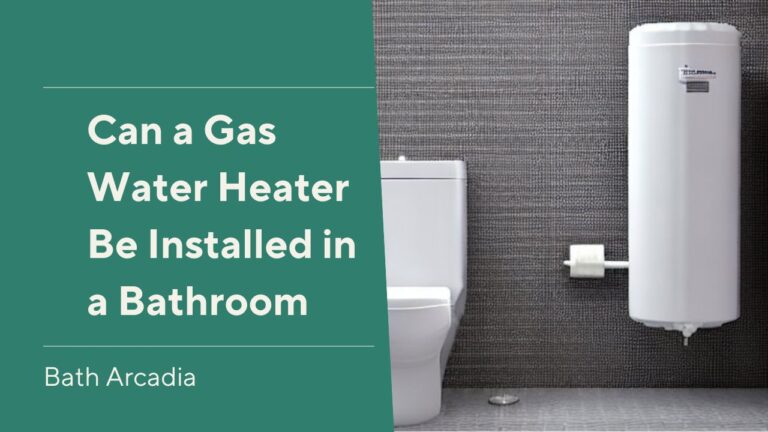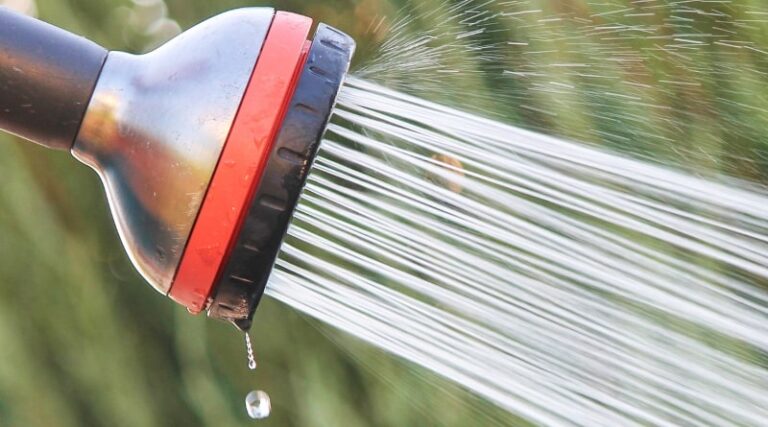Ensuring Fresh Air and a Healthy Bathroom
A well-functioning bathroom vent pipe is vital for maintaining a healthy and comfortable bathroom environment. Proper ventilation helps remove excess moisture, unpleasant odors, and harmful pollutants, ensuring fresh air and preventing potential issues like mold growth.
This comprehensive guide will walk you through how to check your bathroom vent pipe to ensure it works optimally. From understanding the vent pipe’s purpose to troubleshooting common problems, we’ve covered you with valuable insights and expert advice.
Understanding the Bathroom Vent Pipe
Defining the Bathroom Vent Pipe:
A bathroom vent pipe, commonly known as a bathroom exhaust pipe or ventilation duct, is a crucial component of your bathroom’s ventilation system. Its primary purpose is to carry moisture and odors from the bathroom to the outdoors, preventing the accumulation of humidity and potential damage to the bathroom structure.
Importance of Proper Bathroom Ventilation:
Good bathroom ventilation is essential for several reasons. Firstly, it helps maintain indoor air quality by reducing excess humidity that can lead to mold and mildew growth. Secondly, it eliminates unpleasant odors, ensuring a fresh and pleasant bathroom environment. Lastly, proper ventilation prevents the buildup of harmful pollutants that can adversely affect your health.
Signs of a Problematic Vent Pipe
Identifying Common Vent Pipe Issues:
Recognizing signs of a problematic bathroom vent pipe is crucial for timely intervention. Common indicators include reduced airflow, persistent condensation on bathroom surfaces, foul odors lingering in the bathroom, and unusually high humidity.
The Consequences of Ignoring Vent Pipe Problems:
Neglecting vent pipe issues can lead to severe consequences. Prolonged exposure to excess moisture can result in mold growth, which poses health risks and can cause structural damage over time. Moreover, poor ventilation can lead to increased energy costs due to inefficient heating and cooling.
How to Inspect Your Bathroom Vent Pipe
Gathering the Necessary Tools:
Before beginning the inspection, gather the required tools, such as a ladder, flashlight, screwdriver, and safety goggles. These tools will help you safely access and examine the vent pipe.
Step-by-Step Inspection Guide
- Locate the Vent Pipe: The bathroom vent pipe is typically attached to the bathroom’s exhaust fan or ceiling, leading outside. Look for the vent’s exterior opening on the roof or the side of the house.
- Check for Blockages: Using a flashlight, inspect the vent pipe for any visible blockages caused by debris or animal nests. Clear any obstructions that may hinder proper airflow.
- Assess Ventilation Fan: Ensure the ventilation fan is working correctly. Listen for unusual noises or vibrations that may indicate a malfunctioning fan motor.
- Evaluate Ventilation Efficiency: Test the airflow by turning on the ventilation fan and observing how effectively it removes steam and odors from the bathroom.
Safe Inspection Practices
- Always turn off the power supply to the ventilation fan before beginning the inspection.
- Use a sturdy ladder to access the vent pipe, ensuring your safety.
Troubleshooting and DIY Fixes
Common DIY Methods for Clearing Clogged Vent Pipes
- Using a Plumbing Snake: Gently insert a plumbing snake into the vent pipe to dislodge clogs or obstructions.
- Pressurized Air: Use a can of compressed air or a handheld air pump to blow air into the vent pipe and clear debris.
- Vinegar and Baking Soda: Create a mixture of vinegar and baking soda, pour it into the vent pipe, and let it sit for a while before flushing it out with water.
When to Attempt DIY Solutions:
DIY solutions are suitable for minor clogs and blockages. If the issue persists or seems complex, it is best to seek professional help to avoid causing further damage.
Data: The success rate of DIY methods varies depending on the severity and nature of the clog. While simple blockages can often be cleared with DIY solutions, more stubborn obstructions may require professional intervention.
Seeking Professional Help
Indicators for Professional Intervention:
If you encounter any of the following situations during the inspection, it’s time to call a plumber or HVAC specialist:
- Severe blockages or obstructions that you can’t clear on your own.
- Unusual noises or vibrations from the ventilation fan indicate potential motor issues.
- Persistent issues despite attempting DIY fixes.
Benefits of Hiring Professionals:
Licensed professionals have the expertise and tools to efficiently diagnose and resolve complex vent pipe issues. Their experience ensures proper repairs and reduces the risk of recurring problems.
Data: The average cost of vent pipe repairs can vary depending on the extent of the issue and local service rates. On average, homeowners can expect to spend between $150 to $500 for vent pipe repairs.
Maintaining the Bathroom Vent Pipe
Recommended Maintenance Schedule:
Regular maintenance is essential to keep your bathroom vent pipe in top condition. Here’s a suggested maintenance schedule:
- Clean the vent cover and exterior opening every three months to remove debris and buildup.
- Inspect and clean the vent pipe of any blockages or obstructions every six months.
- Replace the exhaust fan’s filter annually to ensure optimal performance.
Tips for Cleaning and Maintaining the Vent Pipe
- Use a vacuum cleaner with a brush attachment to clean the vent cover and exterior opening.
- For more thorough cleaning, detach the vent cover and use mild soap and water to remove dirt and grime.
- Use a plumbing snake or pressurized air to clear minor blockages in the vent pipe.
Table: Bathroom Vent Pipe Maintenance Checklist
| Maintenance Task | Frequency |
|---|---|
| Clean vent cover | Every 3 months |
| Inspect vent pipe | Every 6 months |
| Replace exhaust fan filter | Annually |
Data: Regular maintenance significantly extends the vent pipe’s lifespan, reducing the risk of major repairs and replacements. Homeowners who adhere to a maintenance schedule can enjoy a well-functioning bathroom ventilation system for many years.
Energy-Saving Tips and Best Practices
The Impact of a Well-Maintained Vent Pipe on Energy Efficiency:
A properly functioning bathroom vent pipe is crucial in maintaining energy efficiency in your home. When the vent pipe effectively removes excess moisture and odors, it reduces the strain on your heating and cooling systems, ultimately leading to energy savings.
Data: Homeowners can save up to 20% on their monthly energy bills by optimizing bathroom ventilation.
Tips for Optimizing Bathroom Ventilation for Energy Efficiency
- Use the ventilation fan only when necessary to avoid unnecessary energy consumption.
- Consider investing in energy-efficient exhaust fans, which consume less electricity while maintaining optimal ventilation.
- Insulate the vent pipe to prevent heat loss during colder months, which can lead to energy waste.
Conclusion
Checking and maintaining your bathroom vent pipe is crucial in ensuring a healthy and comfortable bathroom environment. From understanding the vent pipe’s purpose to troubleshooting common issues, this comprehensive guide has equipped you with valuable insights and expert advice.
Following the recommended maintenance schedule and implementing energy-saving tips, you can enjoy the benefits of a well-functioning bathroom ventilation system and improve your home’s indoor air quality and energy efficiency. Remember, a little maintenance goes a long way in providing a breath of fresh air for you and your family.
Some FAQs about bathroom vent pipes are:
A bathroom vent pipe is a pipe that allows air to enter and exit the plumbing system. It helps water flow smoothly and prevents sewer gas from entering the home.
The bathroom vent pipe usually runs through the wall near the bathroom fixtures. You can find it by looking for a pipe that sticks out of the roof or listening for a flushing sound.
A clogged vent pipe can cause slow draining, gurgling noises, sewer smell, or water backup in the drains. If you experience these symptoms, you may have a clogged vent pipe.
You can clear a clogged vent pipe using a plumbing snake, a garden hose, or a shop vac. You need to access the vent pipe from the roof or a cut section in the wall.
You can prevent the vent pipe from clogging by installing a cap or a screen on the opening. Regularly check and clean the vent pipe to remove debris or animals.


